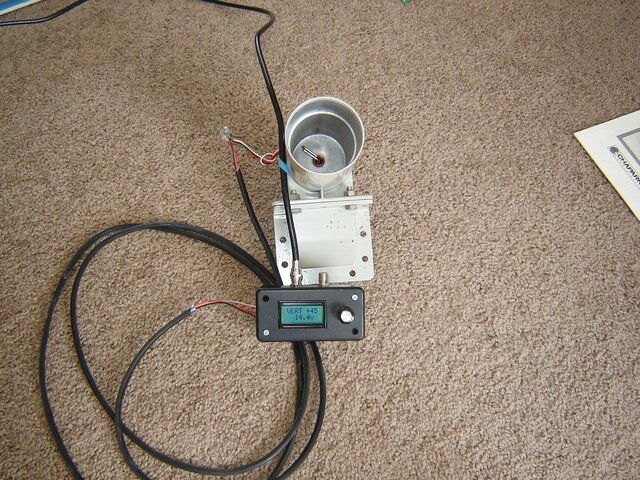Hello everyone, this may seem like a stupid question and I have gathered some info from reading other posts but I also at times have trouble getting particular sats to come in. My question is regarding the polarity of a particular sat. When I am using a particular bird I find that I don't switch off of it much and therefore I find it impossible to remember the polarity for each sat. When I stay away from a sat for a few months then come back I sometimes have to bump the dish position and skew a few clicks either way to get something to come in. Then at other times, things just won't come in at all and I start wondering if something is amiss with my setup. So the question is.... is there a default position that is easy to remember for all the sats? I mean say you're trying to get 87W and nothing is coming in when you have your IRD at channel 4 (and ref. show it is using an even numbered xponder) so you flip the polarity and go to channel 5 and still don't get anything - its frustrating at times. So I need to know how you can tell what the polarity is supposed to be for a satellite so that at least you can have that correct and rule that out when you're trying to tune something in. Man, I hope this makes some sense to someone trying to read it. Its crazy how I have been at this hobby for many yrs now and still can't figure that out. seems like I have to stumble through it everytime. If anyone has any suggestions I would appreciate. When I take the feedhorn cover off, my Ku lnb is at 1 o'clock position and the Cband lnb is at 7 o'clock position. Do I have the lnbs right? Does it matter what positions the lnb's are in? Any comments or help would be appreciated. thanks to all, great site. I can usually track between 74W and 135W. I just don't mess with it every day since I also have pay cable service. I find plenty of channels that I don't get with my cable, plus just luv surfing and searching for new stuff every couple months and trying new receivers.
My setup: C and Ku Norsat linear LNBs - Chapparal corotor 2 C/Ku feedhorn w/ chaparal servo motor - Uniden UST super 4500 IRD dish mover and servo skew control - 10ft. SAMI mesh dish - 24" SuperJack mover. - SV8KHD - Vantage 1100S - Coolsat 8100HD - ViewsatPro - Coolsat 4000 - Pansat 2500 - Fortec Lifetime Ultra.
I slave the DBS box off the Uniden feeds through a power passing splitter to 4x1 diseqc switch 1 - Cband 2 - Kuband.
My setup: C and Ku Norsat linear LNBs - Chapparal corotor 2 C/Ku feedhorn w/ chaparal servo motor - Uniden UST super 4500 IRD dish mover and servo skew control - 10ft. SAMI mesh dish - 24" SuperJack mover. - SV8KHD - Vantage 1100S - Coolsat 8100HD - ViewsatPro - Coolsat 4000 - Pansat 2500 - Fortec Lifetime Ultra.
I slave the DBS box off the Uniden feeds through a power passing splitter to 4x1 diseqc switch 1 - Cband 2 - Kuband.




